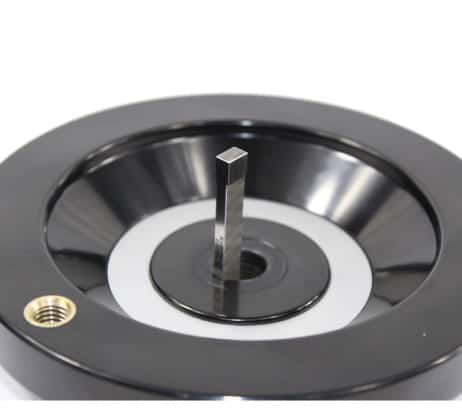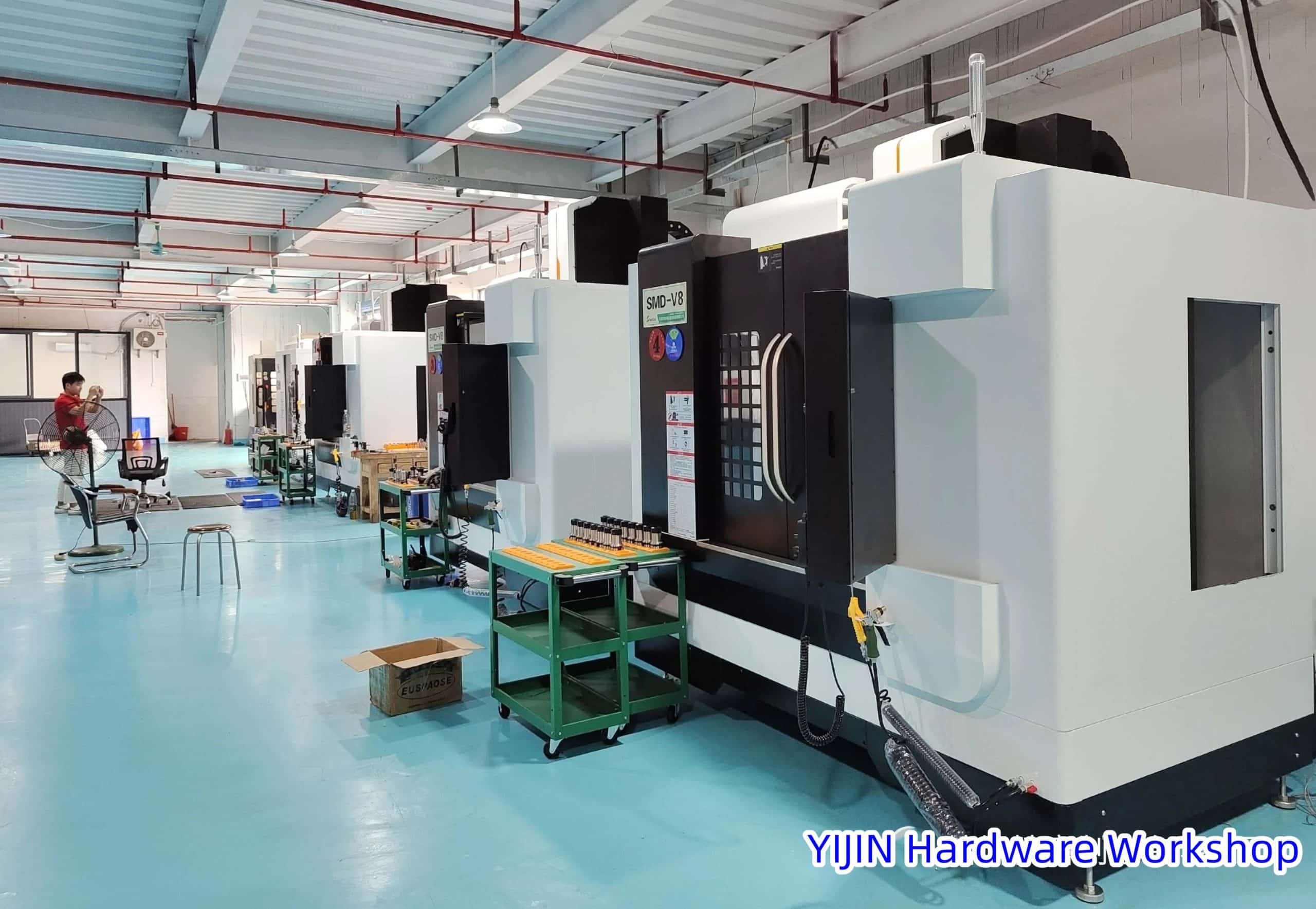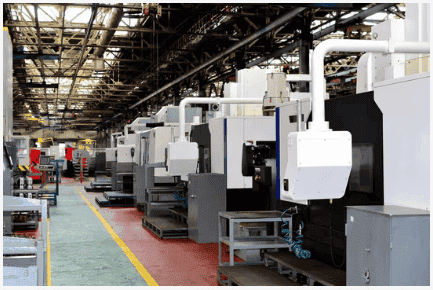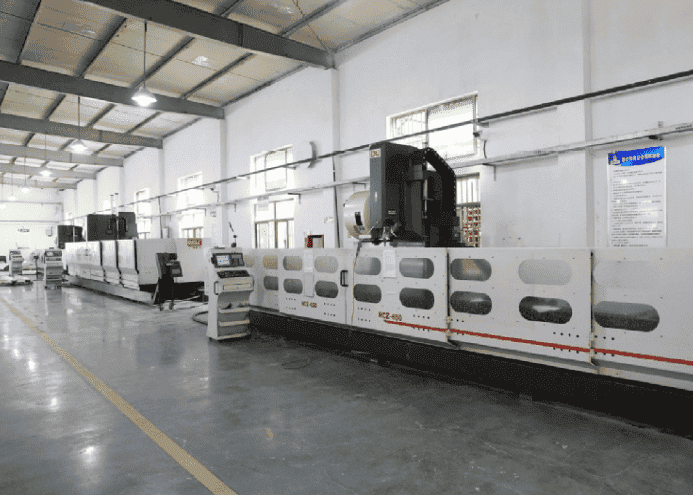Get ready to explore the world of precision metal manipulation! Our comprehensive guide unveils the secrets of each technique, empowering you to transform raw materials into brilliant creations.
From drilling precise holes to expanding existing ones and achieving flawless finishes, our expert insights will elevate your craftsmanship.
Discover the limitless possibilities of metalworking with this ultimate guide to drilling, boring, and reaming techniques.
Definition of Metalworking Processes
Metalworking is a versatile craft that transforms metal into types of spare parts. Techniques like drilling, boring, and reaming are used to shape and refine the metal.
Recommended: What Is The Difference Between Drilling, Boring, Broaching, And Reaming?
Drilling creates precise holes, boring enlarges existing cavities, and reaming ensures smoothness.
These processes highlight the importance of precision in metalworking. With attention to detail, craftsmen achieve flawless finishes.
Metalworking offers endless possibilities for creativity and innovation.
What Is Drilling?
A. Definition of Drilling
Drilling, a cornerstone of metalworking, creates precise holes in solid materials. It involves the controlled rotation of a cutting tool, typically a drill bit, penetrating the surface accurately and skillfully.
This process creates holes for various purposes, like connecting structures or accommodating fasteners and conduits.

B. Purpose and Applications of Drilling
The purpose of drilling transcends mere hole creation. It’s powerful tool engineers, craftsmen, and industries use to shape metal with purpose.
It finds applications in construction, automotive, aerospace, and more. Drilling enables precise assembly, fabricates complex components, and even supports exploration.
C. Equipment and Tools Used in Drilling
To master drilling, one needs a range of advanced equipment and tools. This includes drill presses, rotary drills, and CNC machines, chosen based on project size and complexity.
Essential tools like drill bits, reamers, countersinks, and taps are tailored for specific materials and applications. Incorporating cutting fluids, clamping devices, and work-holding mechanisms enhances precision and productivity during the drilling process.
What Is Boring?
A. Definition of Boring
Boring is a precise metalworking technique that enlarges and refines existing holes. It involves rotating a cutting tool, like a boring bar or head, to precisely shape and smooth internal cavities.
By surpassing traditional drilling methods, boring allows craftsmen and machinists to achieve superior accuracy and surface quality.
It is a valuable process for creating precise and perfectly sized holes in various industries, including manufacturing, construction, and engineering.
With specialized tools and careful control, boring enables the creation of flawless internal cavities for a wide range of applications.

B. Purpose and Applications of Boring
Boring is a versatile technique used in various industries to achieve precise fit and alignment. It plays a crucial role in the manufacturing, automotive, and aerospace sectors, to achieve flawless results.
Craftsmanship and functional fineness define boring, which involves creating bearing surfaces, cylindrical recesses, and accurately aligned bores for shafts and pipelines.
With its ability to deliver precise and reliable outcomes, boring drives innovation and ensures optimal performance in diverse applications.
From creating essential components to facilitating smooth operations, boring showcases the importance of precision and meticulousness in modern industries.
C. Equipment and Tools Used in Boring
To become proficient in boring, a collection of specialized tools and machinery is essential for conquering dimensional obstacles.
Precision boring machines, like horizontal and vertical mills, form the backbone of accuracy and control. Craftsmen rely on cutting tools such as boring bars, inserts, and adjustable boring heads to sculpt with finesse.
Additional tools like dial indicators, micrometers, and digital readouts enhance precision and provide real-time monitoring, ensuring seamless outcomes.
Mastering the art of boring requires the right equipment and a keen eye for detail, enabling craftsmen to achieve precision in shaping and refining metal components.
What Is Reaming?
A. Definition of Reaming
Reaming is a precise technique in metalworking that involves refining and perfecting drilled or bored holes.
It uses a rotating cutting tool called a reamer to shape and smooth the inner surfaces of the holes, ensuring precise dimensions and a smooth finish.
This meticulous process enhances the accuracy and surface quality of the holes, resulting in superior craftsmanship.
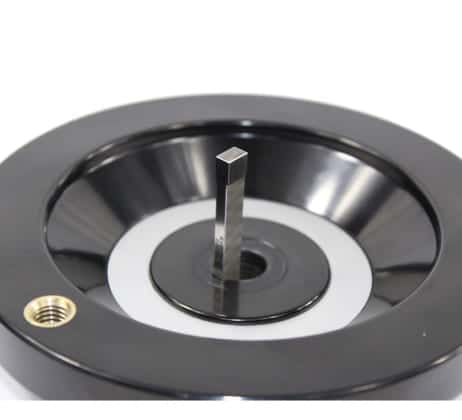
B. Purpose and Applications of Reaming
Reaming is crucial in various industries where achieving a perfect fit and precise alignment is essential.
It is used in automotive, aerospace, and manufacturing sectors to assemble components, ensure smooth shaft and bearing movement, and improve tooling accuracy.
Reaming plays a vital role in achieving optimal performance and maintaining high-quality standards in these industries.
C. Equipment and Tools Used in Reaming
To master reaming, specialized tools, and equipment are necessary. High-precision reamers, such as hand reamers, machine reamers, and adjustable reamers, are essential for achieving finesse.
Supporting tools like honing oil, depth gauges, and chamfering aid in obtaining optimal results, ensuring a polished surface finish and dimensional accuracy.
How to Ream a Hole?
By following these steps diligently and applying the principles of precision and care, you can achieve excellent results when reaming a hole.
A. Preparing the Workpiece and Tools
Ensure the workpiece is securely clamped, providing stability during the reaming process. Clean the hole and remove any debris or burrs that could hinder the reaming process.
Recommended: What Caused The Burr Formed In CNC Machining?
Select appropriate safety gear, such as gloves and safety glasses, to protect yourself during the operation.
B. Selecting the Appropriate Reaming Tool
Consider the material and size of the hole to evaluate the size and type of reamer needed. Choose between hand reamers for manual operations or machine reamers for drilling machines or lathes.
Opt for a reamer with the desired cutting-edge geometry for optimal performance and surface finish.
C. Setting up the Drilling Machine or Lathe
Ensure the drilling machine or lathe is adequately set up and adjusted for the reaming operation. Set the appropriate speed and feed rate, considering the material being reamed and the size of the hole.
Verify the alignment of the spindle or chuck to ensure the reamer enters the hole accurately.
D. Lubricating the Cutting Tool and Workpiece
Apply a suitable cutting fluid or lubricant to the reamer and the workpiece to reduce friction and heat generation.
Adequate lubrication helps improve tool life, surface finish, and chip evacuation during reaming.
E. Performing the Reaming Process
Align the reamer with the hole and gently insert it into the workpiece, ensuring it remains aligned throughout the process.
Apply steady and consistent pressure while rotating the reamer clockwise to remove the material and refine the hole.
Maintain a uniform feed rate, allowing the cutting edges of the reamer to remove material gradually and evenly.
F. Inspecting and Measuring the Reamed Hole
Once the reaming process is complete, remove the reamer and inspect the reamed hole for any defects, such as roughness or taper.
Use measuring tools, such as calipers or micrometers, to verify the dimensions and accuracy of the reamed hole.
Check for proper surface finish and alignment, ensuring it meets the required specifications for the intended application.
Different Types of Reamers
By understanding the unique characteristics and applications of each type of reamer, you can choose the most appropriate tool for your specific project requirements.
From hand reamers for meticulous manual work to specialized carbide or diamond-coated reamers for demanding materials, reaming tools empower you to achieve incredible precision and quality in your reaming endeavors.
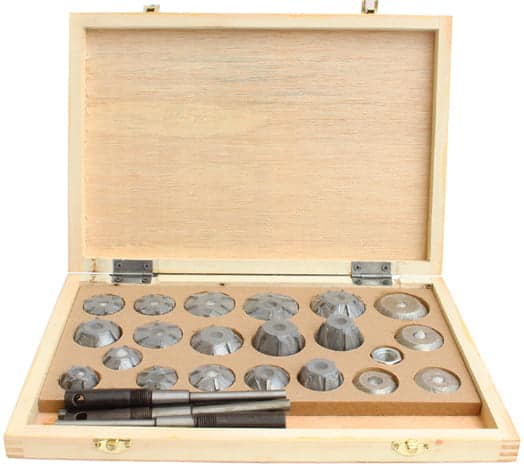
A. Hand Reamers
Designed for manual operations, offering versatility and control in smaller-scale projects. Feature a square or hexagonal shank for easy gripping and rotation by hand.
Ideal for precision work, such as fine-tuning holes and achieving close tolerances.
B. Machine Reamers
Specifically crafted for use with drilling machines or lathes, enabling higher precision and efficiency.
Available in various designs, including straight-fluted, spiral-fluted, and helical-fluted, to suit different applications. Offer exceptional cutting performance and can handle larger workpieces and higher production volumes.
C. Tapered Reamers
Possess tapered cutting edges, allowing them to gradually enlarge and align holes with precision.
Commonly used in applications where achieving accurate fits or a proper taper is crucial.
Often employed in industries like plumbing, automotive, and aerospace for tasks like fitting tapered pins or creating conical holes.
D. Shell Reamers
Reamers have a hollow cylindrical shape with cutting edges on the outside. They are commonly used to enlarge holes, create smoothbores, and achieve a polished surface finish.
These tools are particularly useful in manufacturing processes that require precise alignment and concentricity, such as machining engine cylinders.
Recommended: How To Measure Concentricity -Everything You Need To Know
E. Adjustable Reamers
Feature blades or cutters that can be adjusted to accommodate a range of hole sizes. Offer versatility, cost-effectiveness, and the ability to achieve precise dimensions.
Commonly used in maintenance and repair work, where a variety of hole sizes need to be reamed with a single tool.
F. Floating Reamers
Designed to compensate for minor misalignments or angular errors in hole positioning. Incorporate a floating mechanism that allows the reamer to self-align during cutting.
Ideal for applications where holes may be off-center or have slight deviations from the desired alignment.
G. Carbide Reamers
Utilize carbide cutting edges, known for their exceptional hardness and wear resistance. Suitable for reaming abrasive materials, high-temperature alloys, and hardened steels.
Provide extended tool life, improved surface finish, and enhanced productivity in demanding machining applications.
H. Diamond-Coated Reamers
Feature a diamond coating on the cutting edges, offering superior hardness and abrasion resistance.
Ideal for reaming hard and non-ferrous materials, composites, and advanced ceramics. Provide excellent surface finish, precision, and longevity in challenging machining environments.
Exploring CNC Drilling and Boring Techniques
CNC Drilling Techniques
A. Overview of CNC drilling
Computer Numerical Control (CNC) drilling employs automated machines to precisely create holes with accuracy.
By utilizing advanced software and computer-controlled movements, CNC drilling ensures consistent results and streamlined operations.
B. Advantages of CNC Drilling over Conventional Methods
- Improved repeatability and consistency
- Reduced human error in the drilling process
- Optimized production time and increased efficiency
- Ability to create intricate hole patterns and geometries
- Seamless integration with CAD/CAM systems
- Streamlined workflow and enhanced productivity
C. Types of CNC Drilling Machines and Their Capabilities
Vertical Machining Centers (VMCs): Ideal for precisely drilling smaller workpieces.
Horizontal Machining Centers (HMCs): Excel at larger-scale projects and provide accurate drilling capabilities.
Multi-spindle Drilling Machines: Enable simultaneous drilling of multiple holes, enhancing productivity.
Deep-hole Drilling Machines: Designed for drilling with exceptional depth and precision.
D. Tooling Options for CNC Drilling Operations
A Plethora of tooling options are specifically crafted for CNC drilling operations. High-Speed Steel (HSS) Drill bits excel in general-purpose drilling, while Carbide Drills offer superior hardness and wear resistance. Indexable Drills with replaceable inserts provide versatility and cost-effectiveness.
Tailor your tool selection to suit the material, hole size, and desired performance, unlocking the full potential of CNC drilling.
CNC Boring Techniques
A. Overview of CNC Boring
Embark on a journey into CNC boring, where precision meets productivity. CNC boring leverages computer-controlled movements to create smooth and accurate bores in workpieces.
This advanced technology ensures efficient material removal and precise dimensional control, revolutionizing the world of metalworking.
B. Advantages of CNC Boring over Traditional Methods
- Enhanced Accuracy & Repeatability
- Reduced Human Error
- Optimized Production Time
- Minimized Material Waste
- Unlocks Intricate Geometries
- Empowers Precision & Productivity
C. Types of CNC Boring Machines and Their Features
Horizontal Boring Mills (HBMs): Ideal for large-scale projects, offering high rigidity and stability for precise and heavy-duty boring operations.
Vertical Boring Mills (VBMs): Versatile machines suitable for smaller workpieces, providing flexibility and ease of use in various applications.
Floor-Type Boring Machines: Known for their robust construction, these machines deliver exceptional stability and accuracy, making them suitable for demanding and high-precision applications.
Table-Type Boring Machines: Designed for smaller to medium-sized workpieces, these machines provide stability and rigidity while offering versatility in bore sizes and configurations.
D. Tooling Options for CNC Boring Operations
Carbide Boring Bars deliver superior cutting performance with extended tool life, while Adjustable Boring Heads allow for fine-tuning the tiresome process, ensuring precise results.
Modular Tool Systems enhance flexibility and efficiency by enabling quick tool changes and adaptability to different bore sizes.
Lastly, Selective Cutting Tools and Inserts lets you choose the perfect combination to optimize cutting performance and achieve optimal results in CNC boring operations.
Conclusion
Experience precision and efficiency with CNC automation. Discover enhanced accuracy, repeatability, and waste reduction.
Explore versatile tools and machines, unleashing intricate geometries and expanding your craft.
This guide covers metalworking from basics to advanced techniques, equipping you with the expertise and skills to excel.
The skills of drilling, the finesse of boring, and the perfection of reaming reflect mastery and precision in your creations.
 Call Us Today! (+86) 188-2253-7569
Call Us Today! (+86) 188-2253-7569